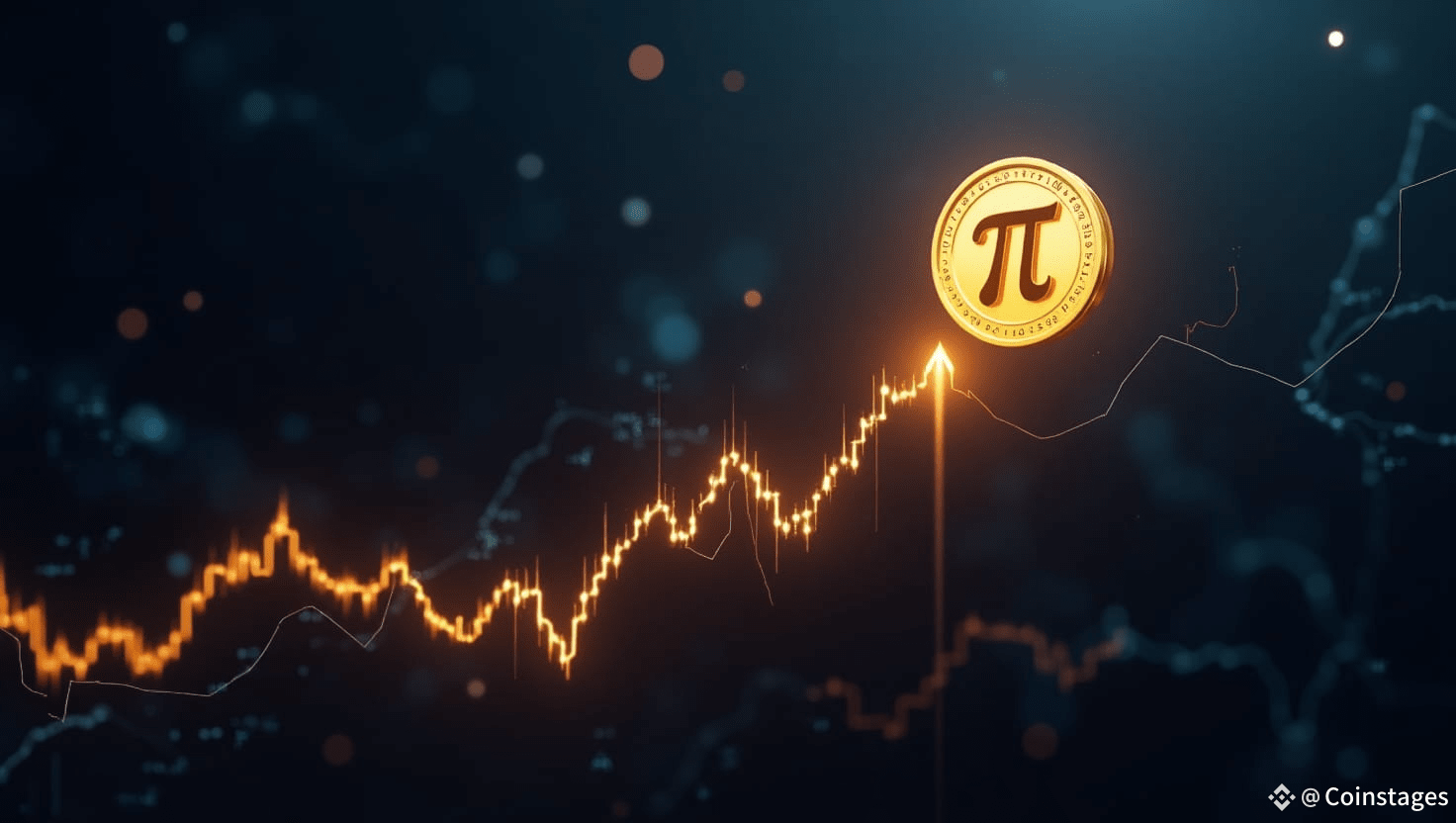
A fierce debate is raging within the Pi Network community, pitting a popular, community-driven price fantasy against technical reality. The controversy centers on the Global Consensus Value (GCV), a community-proposed valuation of $314,159 for each Pi Coin. While some see this as a legitimate target, prominent "Pioneers" are now calling it a "scam" that is misleading users and harming the network.
GCV: The Price Fantasy vs. Technical Reality 💸
The GCV movement, which gained significant traction in countries like Vietnam, Thailand, India, and China, proposes an astronomical value of $314,159 for Pi Coin, referencing the mathematical constant π. GCV ambassadors, such as Dimas Nawawi, claim this valuation is integrated into the network's code and distinguishes "Pure Pi" from the low-value tokens traded on exchanges.
However, this narrative is being heavily contested by other Pioneers. A prominent critic, Mr. Spock, has openly labeled the GCV as a "scam" and demonstrated that the "code" GCV supporters point to is simply an arbitrary modification that does not reflect official network protocols. This debate highlights a fundamental conflict between a community-driven fantasy and the technical realities of a decentralized network.
The Cost of Delusion: Why the GCV Debate is Harming Pi 📉
The GCV debate is not just a philosophical disagreement; it's having a real-world impact on Pi Network's growth. Critics argue that the unrealistic GCV narrative is detrimental because it gives users the false impression that they are already rich. This belief, in turn, discourages them from contributing to the network's growth by purchasing more Pi at its current market price, which is essential for building liquidity and real-world demand. The controversy comes as Pi Coin's price has fallen 18.8% in the past month to an all-time low of $0.33, reinforcing the urgency of separating fact from fantasy within the community.
Conclusion
The GCV debate has exposed a deep divide within the Pi Network community. While the GCV movement's supporters see it as a symbol of the token's potential, critics argue that it is a misleading and harmful narrative that is preventing the network from achieving real-world growth and utility. For Pi Network to move forward and build a sustainable ecosystem, it must address these internal divisions and provide a clear, realistic path to value that is grounded in fundamental progress, not a community-driven price fantasy.
Disclaimer
This article is for informational purposes only and does not constitute financial advice. Cryptocurrency investments carry a high level of risk and volatility. Always conduct your own research (DYOR) and consult a professional financial advisor before making any investment decisions.

